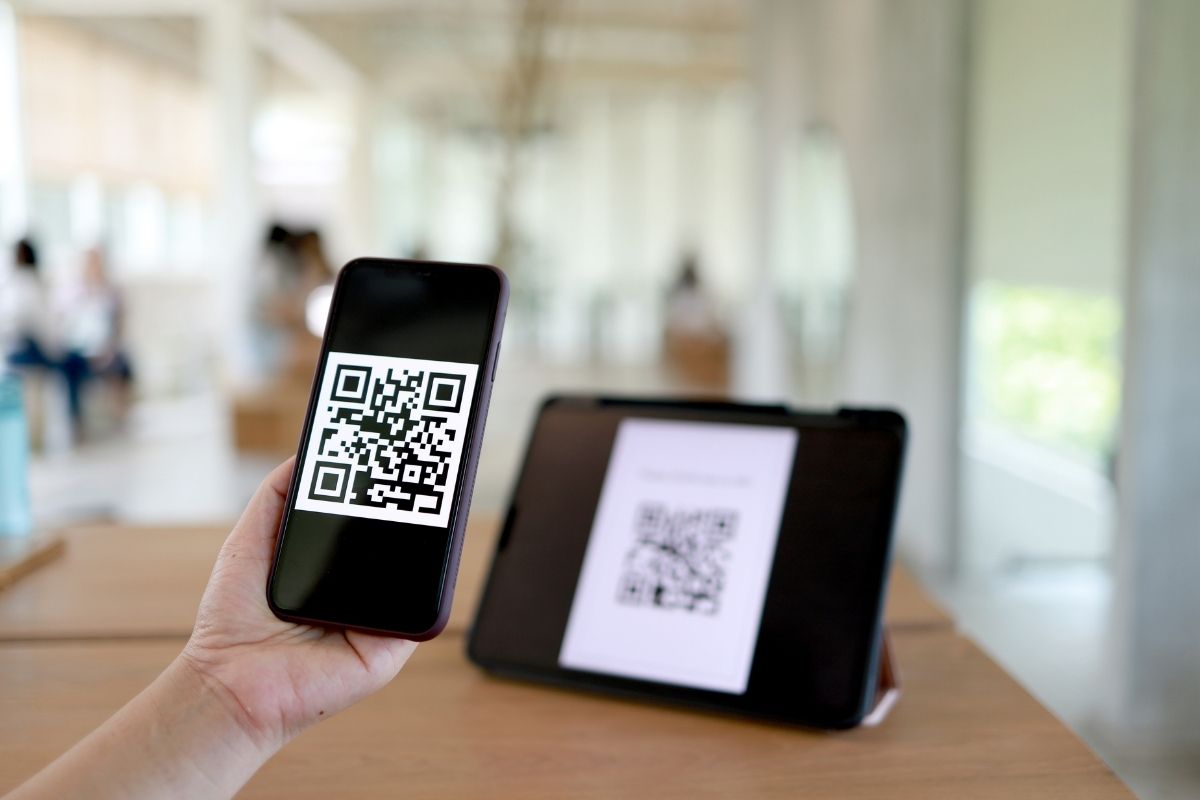The school is collecting data on where students are seated in the classrooms to trace COVID-19 exposure.
The University of Maryland has launched a new program that uses QR codes to collect student seating data in support of its contact tracing efforts for COVID-19 exposures.
The quick response barcodes are scanned when a student enters a classroom at College Park university.
When the QR codes are scanned by University of Maryland students upon entering a classroom, it registers the individual’s ID number, and the date and time when they entered the classroom. That information is sent to the health services department of the university. That way, if a confirmed COVID-19 diagnosis occurs, health services will have all the information they need to contact anyone who was in a classroom at the same time as that individual and can use their contact tracing efforts in case of exposures.
Each classroom has enough quick response codes to suit its maximum capacity. In larger lecture halls, the barcodes are posted at each seat. In smaller classrooms, the barcodes are attached to seating zones instead of each individual chair.

The system using the QR codes was developed in response to a county health official request.
The university was asked by county health officials to come up with a classroom contact tracing system. The solutions using the quick response barcodes avoided the need for seating charts to be established or for attendance sheets to be completed at each class, said the university’s assistant vice president of academic technology and innovation Marcio Oliveira.
“If we think about a classroom of 250 students, the students sometimes show up late,” said Oliveira, as quoted in an EdScoop report. “If the students arrive a little bit late, the sheet has passed already and [they] have to scramble to find it.”
Oliveira also explained that the instructors have been encouraged to provide students with reminders to check in by scanning the QR codes before the class begins. By using this style of independent system, it means that the check-ins are connected directly to the university’s health services. Moreover, it means that students can be reassured that their instructors won’t have access to this data to be used to check attendance or use it for grading.

